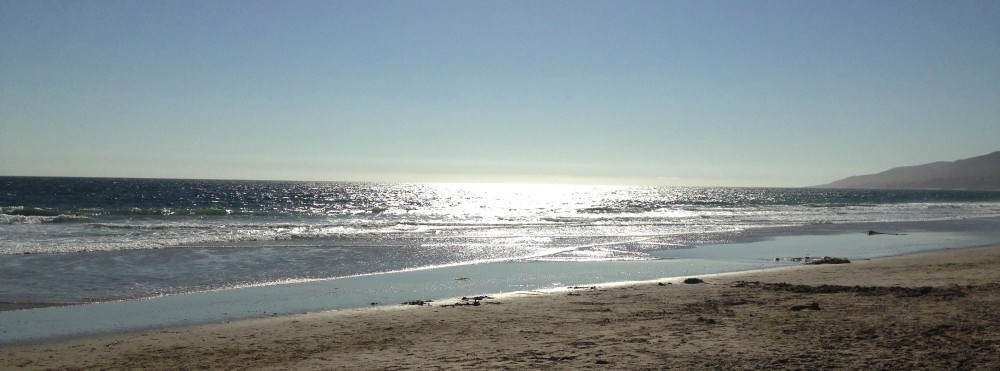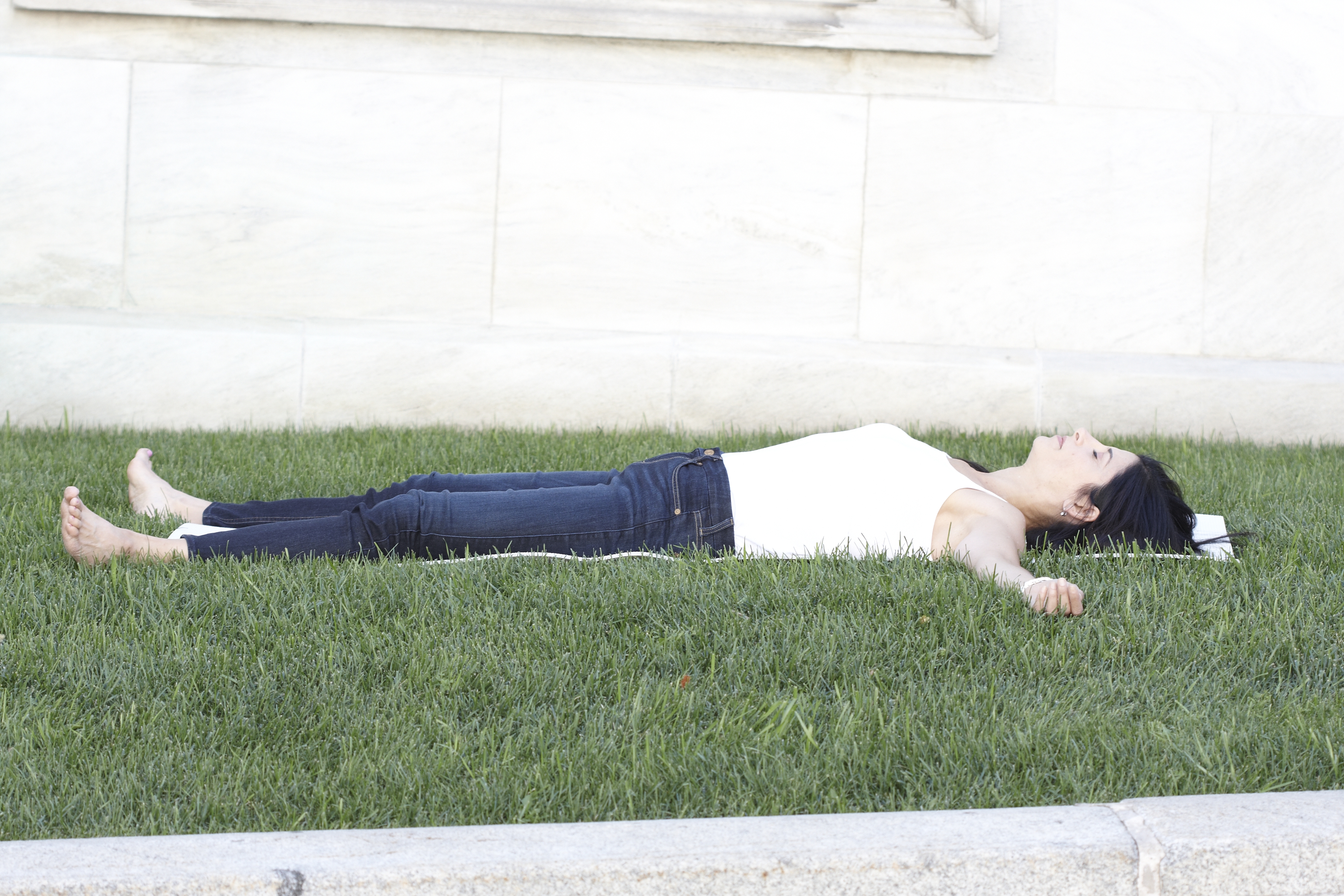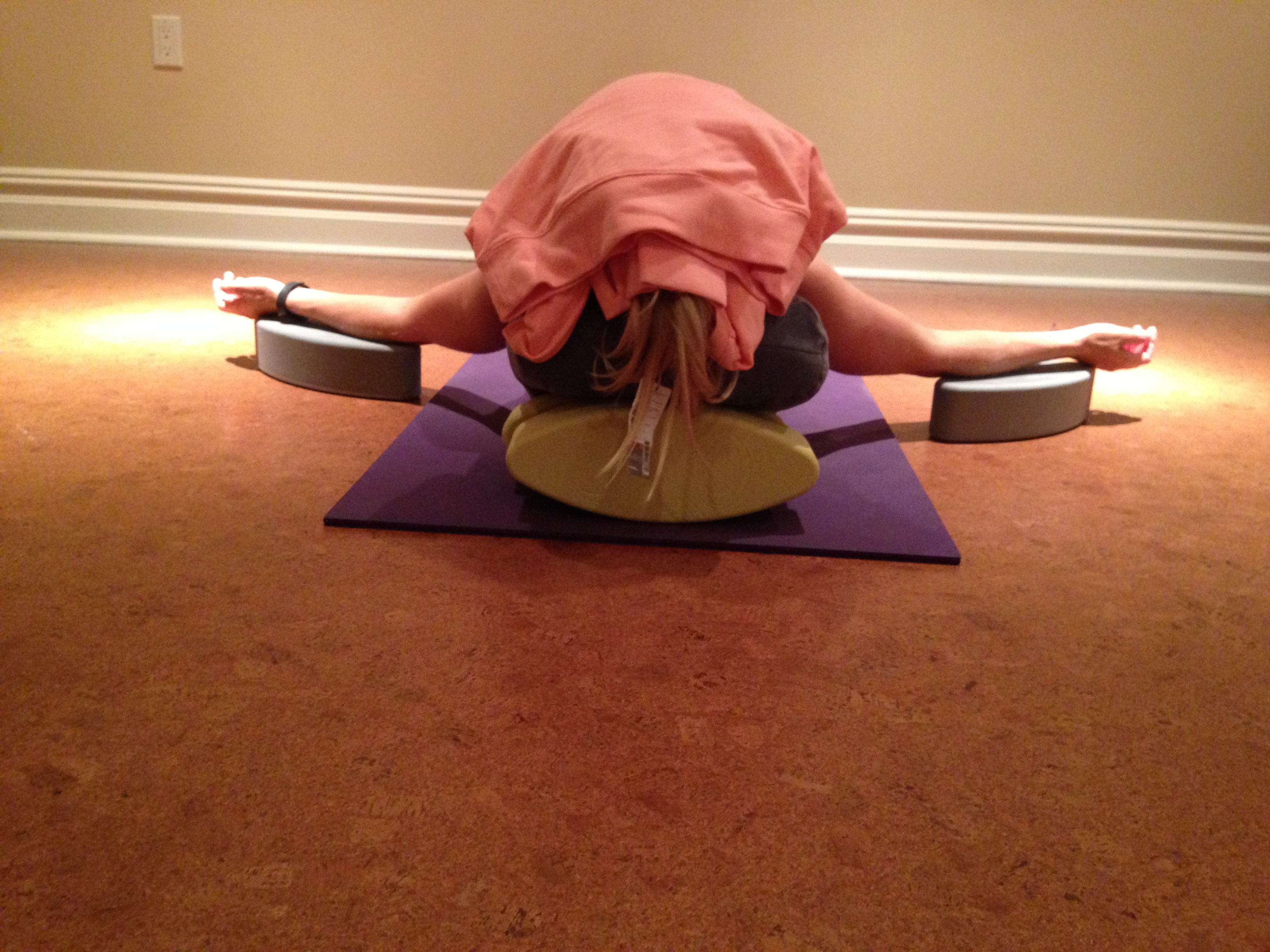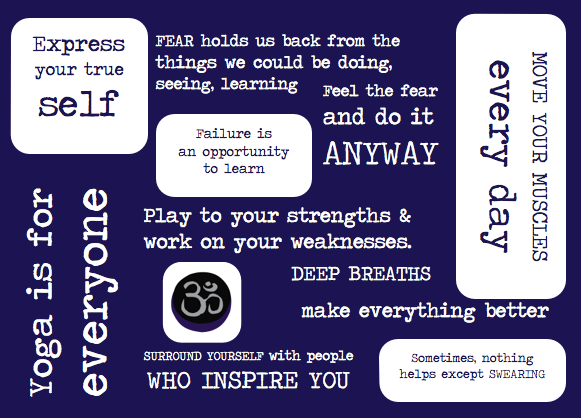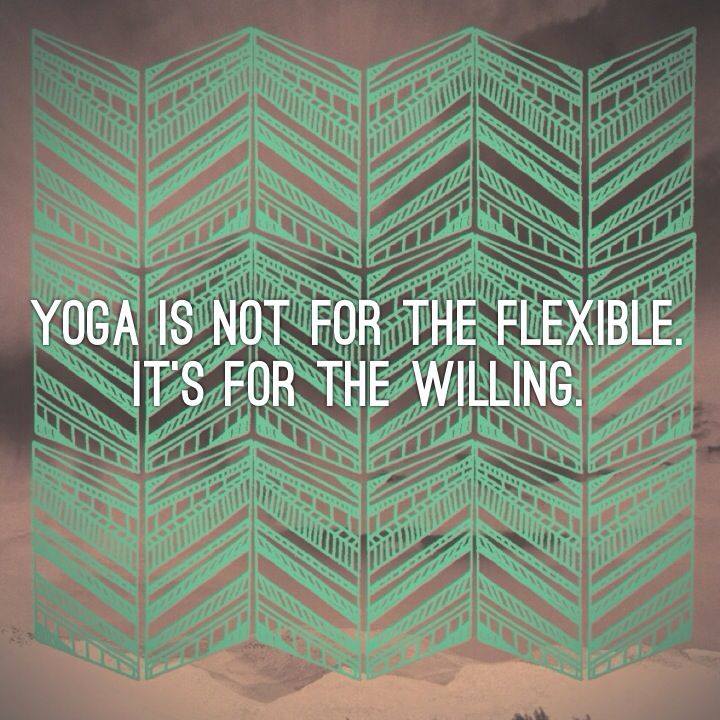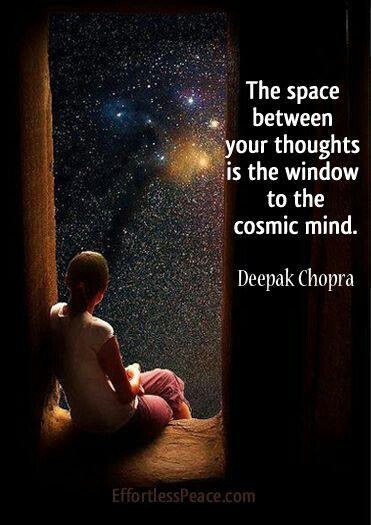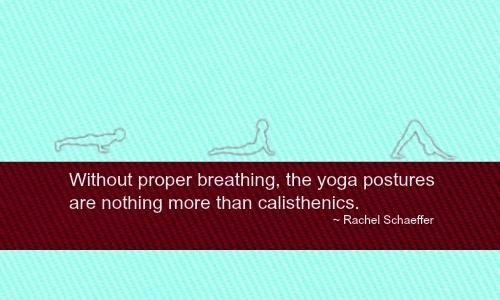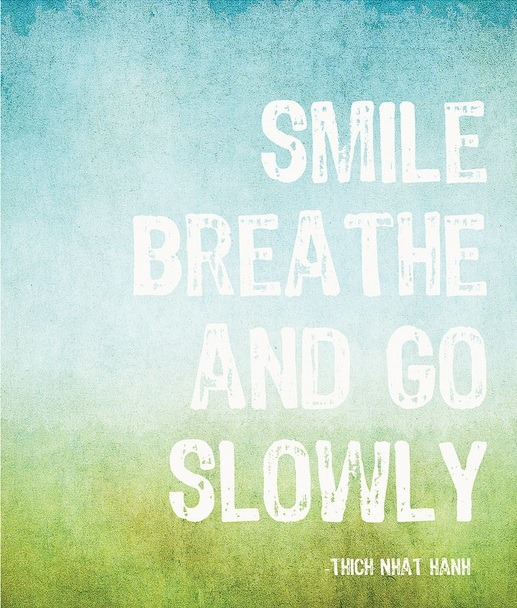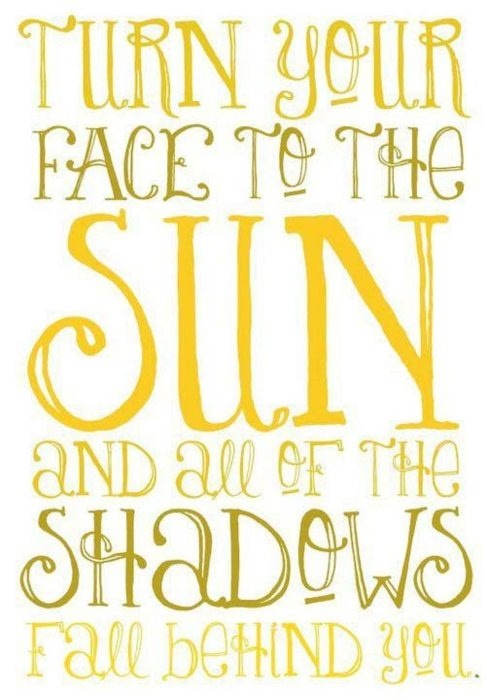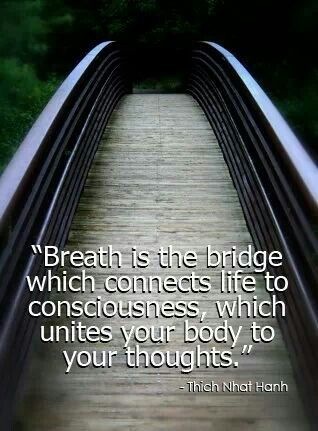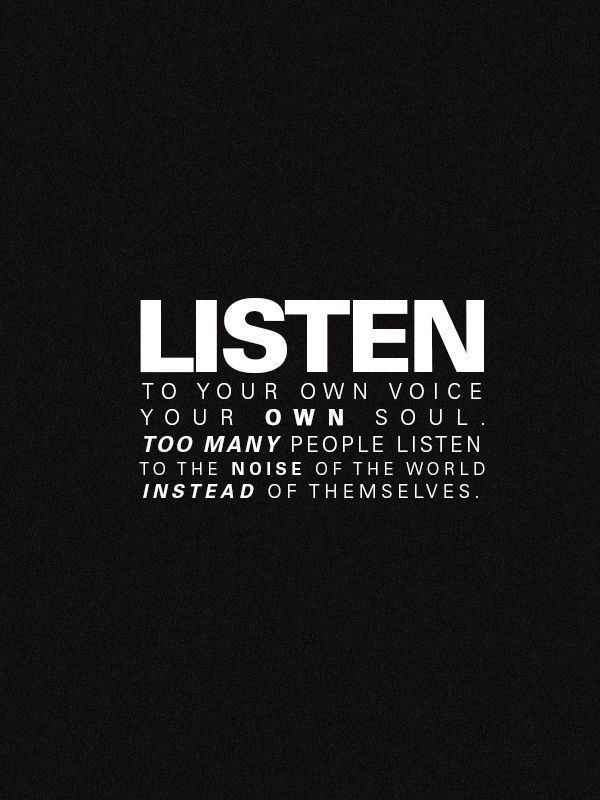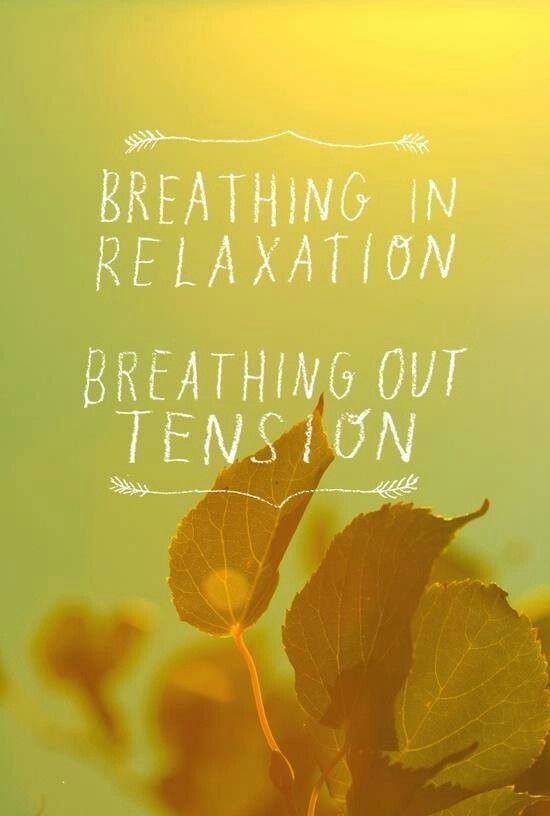Breathing and the Art of Relaxation: The photo itself is full of life and energy. There is a vibrant stillness and you can almost hear the sound of the babbling brook. Your breathing is naturally going to reflect the slower pace that your eyes are taking in. If you live a stressful, city life, the concrete and hustle and bustle, sirens, cars and general noise probably affect your breath tempo and quality in quite the opposite way.
It doesn’t have to be this way if you learn how to consciously relax, how to consciously monitor and pace your breathing. That is what the art of pranayama is about. Using techniques that can effect changes to heart rate, digestion, cellular function. To disengage the mind through your breath can induce a more calm feeling throughout. You certainly will have a harder time clenching your jaw or stiffening your shoulders when you are using relaxed, and conscious breathing. This will signal the nervous system that you are safe, in ‘control’, calm and prepared.
In the restorative yoga class I often teach passive chest openers to soften the restrictions in this area, in the shoulders, and upper back. Tight muscles often reflect in a tight and short breath. There are certainly some easy and fulfilling set ups with props that can do the trick, so if you want to learn, book a private or come to class
